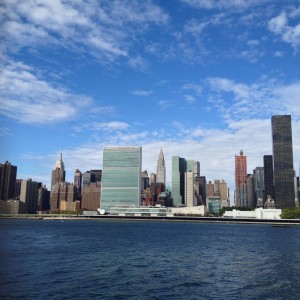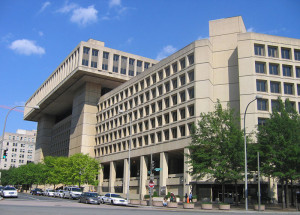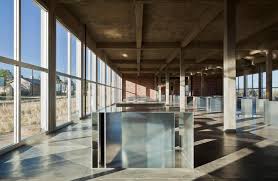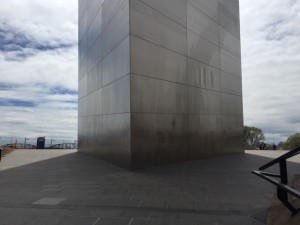It’s been four years since I launched Barbara A. Campagna/Architecture + Planning, PLLC and while many things have changed, my goal to work on “greening what’s already here” continues to be met, often in places I never expected. Many people are finding new ways to integrate historic preservation and green building practices, which makes my new venture a delightful and intellectually inspiring one. This is blog four of my anniversary week.
Material Matters
Last week I attended a truly fabulous symposium in St. Louis – Mid Century Modern Structures Symposium sponsored by NCPTT and the World Monuments Fund. Gunny Harboe from Harboe Architects, a preservation architect from Chicago, gave the keynote entitled “Material Matters” which made me think about “materials” in various ways throughout the week.

The United Nations from Long Island City. Is the Secretariat still the Secretariat even though its curtain wall has been replaced? (The Secretariat is the green rectangular building between the Empire State and Chrysler Buildings.)
Gunny believes that materials are a really important issue of materiality and modernism. They are a significant component of our collective cultural heritage. Many countries consider material and authenticity in a different manner such as the Shinto shrines in Japan, which are rebuilt every 20 years. Others accept intangible heritage in a way that Americans don’t know how to consider yet. For example, should we be saving our material culture such as the Mardi Gras or the Big Mac?! If so, how do we “preserve” it? I read recently that McDonald’s would soon be eliminating the Big Mac! What?! Now I probably haven’t had a Big Mac in 25 years. But just the thought that if I did start eating meat again I could never have a Big Mac again actually sort of freaked me out. And I thought, should I go eat one last one despite the fact I haven’t eaten meat since 1990? So when Gunny mentioned the Big Mac as an intangible piece of our material culture, which we might want to save or honor in some way, I wasn’t surprised.

Lever House had its curtain wall replaced and still maintained its landmark status. Photo courtesy SOM.
Lever House and the UN Secretariat, both modernist iconic skyscrapers, have both received new curtain walls. Have we lost something with the loss of that original material? Many people suggest that modern architecture is different than traditional. We are sometimes dealing with materials that are experimental or hazardous or even both. Perhaps it’s the concept that is more significant. Gunny did not necessarily agree with that idea. With the Pantheon, the Romans built for the ages – shouldn’t this be our standard too?
If we landmark something, does that mean we are supposed to preserve it in perpetuity. Who should decide what stays and what goes? Lever House was landmarked before its curtain wall was replaced. Does this mean we have an evolving standard of landmarking?
When Should Sustainability Trump Significance?

The FBI Headquarters may not be “historic” in a traditional sense, but why should all this concrete go to a landfill? Photo courtesy Wikipedia.
Ann Dilcher from Quinn Evans Architects discussed many of their midcentury modern projects. The one that generated the most discussion was their historic significance evaluation of the FBI Headquarters in Washington, DC. In conjunction with the GSA they determined it was NOT eligible for the NR. While I sympathize with their evaluation and I certainly didn’t spend the time they did digging into its history and significance, it did get me thinking that not wanting to send all that concrete to the landfill should be as important a reason to keeping a building as who worked there or what shape the floor plans were. Should we be reconsidering our “landmark” designations? In our new climate change world, can a building be a landmark simply because it “is?”
Art and the Artist

The artillery shed which houses Donald Judd’s art. Are the windows art as well? Photo courtesy The Chinati Foundation.
James Parks, an engineer at Simpson Gumperz Heger, presented an engineering analysis of art and the artillery sheds housing of Donald Judd’s art in Marfa, Texas. The sheds house art that was created to fit within it. Judd designed and installed the windows himself which brings up a significant question – can the windows be retrofitted or replaced to improve energy efficiency and protection of the art work in the buildings or are the windows themselves also considered art?
We are finding that considering how to restore modernism and how to define modernism is as exciting and intellectually stimulating as originally designing modernism must have been.
And if you’d like to “subscribe” or follow my blog, True Green Cities, please sign up through the “Subscribe” button at the bottom left of this page. You’ll receive a daily recap when new blogs are posted. Or Sign up for the Feed, also at the bottom left of this page.

